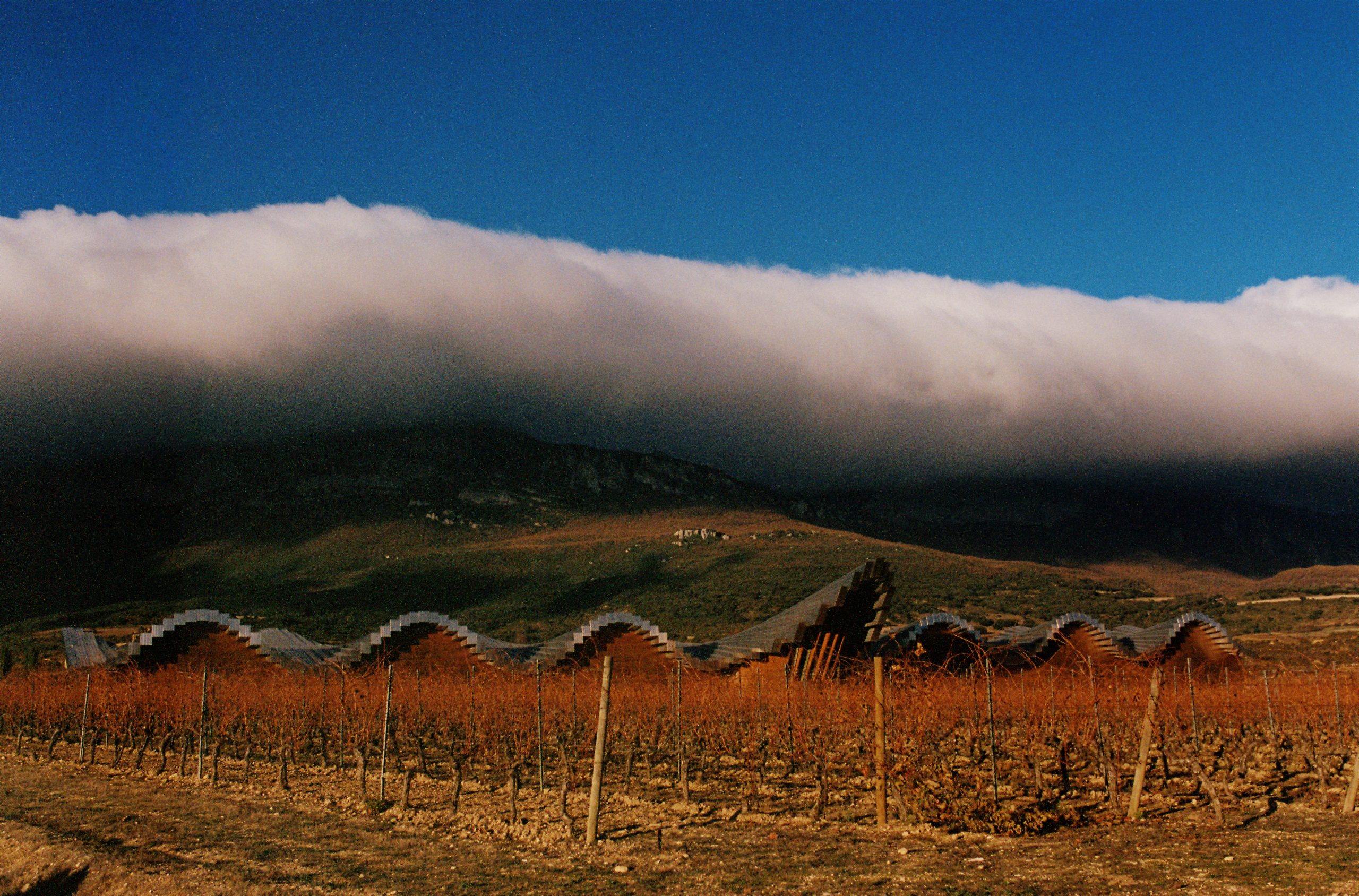Pétrus declared king of wine investment
Pétrus is the most reliable label for fine wine returns according to Christie’s Anthony Hanson MW.
Addressing attendees of the Fine and Rare Wine Specialist course at Vienna’s Palais Coburg on 2 July, Hanson analysed the price performance of a range of collectible labels before declaring, “The king has been Pétrus”.
Continuing, he said, “It has yielded an average annual return of 14% all the way through bull and bear markets – it is incredibly dependable as a château.”
He added that Pétrus has produced “so many great vintages from ’89 onwards,” and praised the property for creating wines of “purity and richness, and they are never dominated by new oak.”
“It is not modern winemaking technology that is driving that wine, which is why I believe it has been so dependable.”
Looking more generally at “what to buy”, Hanson began by stressing the need for fine wine investors to focus on the “big ten”.
These are only from Bordeaux and comprised the five first growths – Lafite, Mouton-Rothschild, Latour, Margaux and Haut-Brion – and Pétrus, Cheval Blanc, Ausone, Le Pin and Lafleur.
Beyond these, but still within Bordeaux, he picked out Léoville Las Cases (which he described as “the first of the seconds”) and Léoville Poyferré, Léoville-Barton, Montrose and Cos d’Estournel.
Among the first growths, using data from auctions held this year, he said that Lafite and Latour “were the most valuable” and in terms of average prices for Lafite vintages at Christies over the past six months, the highest paid were for vintages ‘45, ‘61, ‘82, ‘86, ‘96 and 2000.
Then Hanson turned his attention to Burgundy, his specialism as both author of Burgundy – first published in 1982 – and senior consultant to the Hospices de Beaune auction, since Christie’s took over organisation of the sale in 2005.
At the very top in terms of collectibility, Hanson listed Domaine de la Romanée-Conti (DRC) followed by Henri Jayer, which cemented its position as Burgundy’s number two following a highly successful ex-cellar Hong Kong sale conducted by Christie’s in February this year.
Anthony Hanson MW
But, although Jayer has been vying with DRC in terms of prices fetched on the secondary market, Hanson stressed that DRC has “taken back prime position” following quality improvements, while at Jayer, Emanuel Rouget – the nephew of Henri Jayer – has taken over, and, he said, “hasn’t quite made the impact of his uncle”.
Then he listed Leroy, Roumier, Rousseau and de Vogüé at a similar rarefied “top level” before name checking at a “next level” Ponsot, Dujac, Liger-Belair and Méo-Camuzet.
Outside Burgundy and Bordeaux, Anthony picked out a handful of other wines with fine wine investment potential.
Speaking of California initially, he said, “There is a limited secondary market and few of the wines appreciate in value.
He did admit to a “strong following in the US, but in London and Hong Kong, there are not a lot of people bidding [for California fine wines].”
Then, he said, “The exceptions are Screaming Eagle and Harlan, while the one to watch is Sine Qua Non.”
Partner Content
From the Rhône, he mentioned Guigal’s so called La Las (single vineyard Côte-Rôties La Mouline, La Landonne and La Turque) as well as Hermitage from Chave and Chapoutier, as “examples of wines people collect”.
Elsewhere he said that: “Old Champagne is a niche market that performs well if it has been well kept,” while from Italy he explained that wines from the Piedmont and Super Tuscans “account for more than 90% of Italian wine sales at auction”.
And of the wines from the Piedmont, he stressed the impressive performance of Conterno Barolo, particularly its Monfortino.
Then he briefly considered sweet wines, saying, “d’Yquem is the reference but it comes out at an extremely high price, so it is arguably sensible to wait and pick it up when it’s 15 years old.”
Anthony Hanson’s book: Burgundy
Meanwhile, he said: “Vintage Port used to be the backbone of UK auction sales but it is hard to make a case for buying young Port over the last 20 years.”
However, he did record a more international market for the fortified wine and the collectibility of 1963 Nacional from Noval, in particular, as noted in db’s top 10 iconic Port vintages.
In terms of the general state of the market, Hanson said that by the end of last year, the global market for fine wine was down 11.4% and worth a total of US$4 billion.
He also pointed out that currently “prices are about 10% off their peak.”
He reported an “enormous increase in Greater China buyers,” but said that usually the “address for the invoice is Hong Kong”.
“They want to be invoiced in Hong Kong [where duty on wine was repealed in February 2008] because in China they have to pay 47% tax.”
Continuing he said, “So they either leave the wine in Hong Kong, or throw parties there, or take it home in their hand luggage.”
Considering in more detail the average Christie’s buyer, he said that after Hong Kong and China, the source of bidders at auction included Taiwan, Singapore, Thailand, Macau and South Korea.
Finally, comparing the sources of wine for Christie’s sales, he explained that 25% was obtained from Hong Kong, 14% from New York, 25% from London, and the final 35% from “international” sources.
Click here to read more about the Fine and Rare Wine Specialist course at the Palais Coburg.




